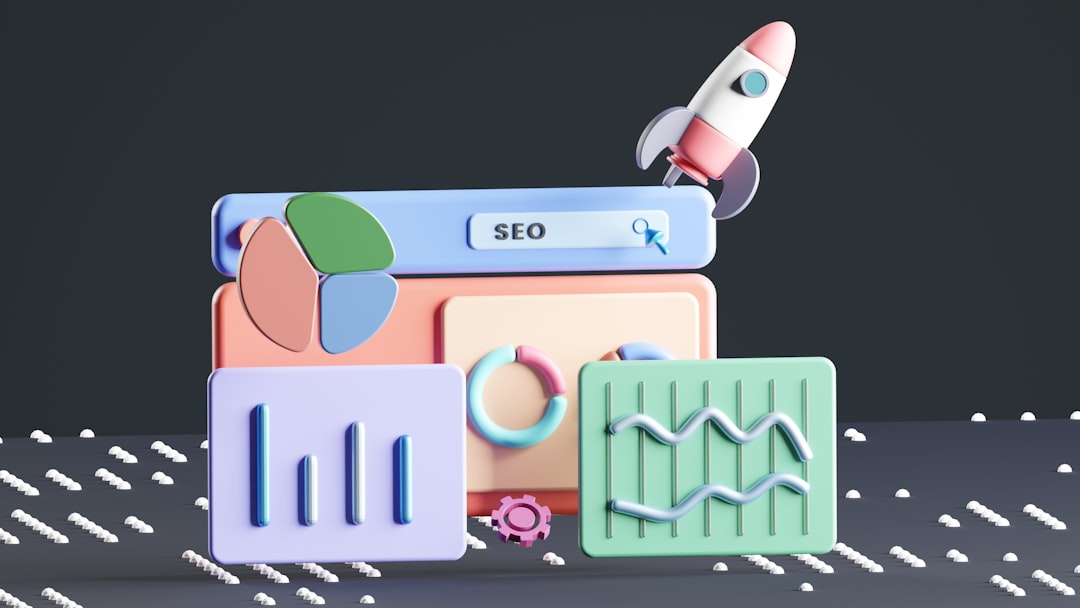In today’s digital world, having a website that accurately represents your brand is essential to success. While drag-and-drop website builders can help you get started quickly, they offer limited customization and scalability. WordPress custom development is a powerful solution for businesses and individuals looking to create a unique, flexible, and brand-aligned website. By tapping into the immense functionality of WordPress, businesses can build a site that not only looks stunning but also performs optimally across devices.
Why Choose WordPress for Custom Development?
WordPress powers over 40% of all websites on the internet, making it one of the most trusted content management systems (CMS) available. It offers a plethora of themes, plugins, and developer tools that allow for deep customization — far beyond what you get from standard templates.
Here are a few reasons why WordPress stands out for custom web development:
- Open-source and developer-friendly: WordPress is open-source, giving developers full access to code and total freedom for customization.
- Scalability: Whether it’s a blog or an enterprise-level website, WordPress grows with your business.
- Large ecosystem: Thousands of plugins and themes are available to extend functionality with ease.
- SEO-optimized: Built-in tools and SEO-friendly architecture help sites rank better on search engines.
Steps to Building a Custom WordPress Site That Matches Your Brand
Creating a custom WordPress site may sound overwhelming, but with the right approach, anyone can do it. Here’s a step-by-step guide to help streamline the process.
1. Define Your Brand Identity
Before you dive into development, get clear on your brand identity. This includes your:
- Brand colors
- Typography
- Logo and graphics
- Voice and tone
Having a style guide will make it easier to maintain consistency across the website. This identity will inform the layout, design elements, and even the user experience (UX).
2. Choose the Right Theme as a Foundation
While you may end up customizing it heavily, starting with a well-coded and responsive base theme like Astra, GeneratePress, or OceanWP can save time. These themes are lightweight and flexible, ideal for custom development.

3. Decide Between a Child Theme and a Custom Theme
You can either:
- Use a child theme: Ideal if you’re starting with a base theme and applying customization on top of it.
- Create a completely custom theme: Best for full control and a totally unique look, but it requires advanced coding skills.
4. Install Necessary Plugins
Customize functionality using plugins. Must-have plugins for most custom WordPress sites include:
- Elementor or Gutenberg: Advanced page builders for unique layout creation.
- Yoast SEO or Rank Math: For optimizing the site for search engines.
- WooCommerce: If you’re running an online store.
- WPForms: Easy form builder for collecting data.
However, avoid plugin bloat. Only install what you absolutely need to keep your site fast and secure.
5. Customize Your CSS and JavaScript
This is where your site starts to take a truly unique shape. Modify stylesheets to adjust fonts, colors, spacing, and layout components to mirror your brand. You can override default styles via the theme customizer or directly write custom CSS.
If more dynamic or interactive functionality is needed, you can integrate custom JavaScript code or libraries to add animations, sliders, popups, or transitions.
6. Optimize for Performance
A good-looking site is meaningless if it loads slowly. Use the following tools and techniques to ensure your website performs well:
- Optimize images: Use compressed images and lazy loading strategies.
- Enable caching: Plugins like W3 Total Cache or WP Rocket can help with that.
- Minify CSS and JavaScript: Minifying code can drastically reduce load times.
- Use a Content Delivery Network (CDN): CDN services like Cloudflare distribute your content worldwide for faster delivery.

7. Make It Mobile-Responsive and Accessible
With the majority of internet traffic coming from mobile devices, it’s crucial that your WordPress site looks and functions perfectly across all screen sizes. Use media queries and responsive elements to ensure a seamless user experience.
In addition, web accessibility (WCAG compliance) ensures all users, including those with disabilities, can navigate and understand your site. Add alt tags to images, use proper heading structure, and ensure sufficient color contrast.
8. Focus on User Experience and Navigation
Custom design doesn’t mean complexity. Aim for a design that is both beautiful and intuitive. Here are some UX principles to guide your choices:
- Clear and consistent menu navigation
- Logical page hierarchy and breadcrumb navigation
- Fast-loading pages and coherent visual flow
- Easy-to-find calls to action (CTAs)
9. Test Thoroughly Before Going Live
Before launching your custom WordPress site, test across different browsers (Chrome, Firefox, Safari) and screen sizes (desktop, tablet, mobile) to ensure everything functions properly. Also, validate your code and check for broken links or images. Plugin tools like Broken Link Checker can assist you in automating this task.
10. Maintain and Update Regularly
Security threats and software updates are a constant in the digital world. Regularly updating WordPress core, plugins, and themes is essential. Also, maintain frequent backups in case of emergencies. Tools like UpdraftPlus or BlogVault can simplify this process.
Final Thoughts
Custom WordPress development opens the door to innovative and unique websites that fully capture the essence of your brand. With a bit of planning, the right tools, and either your own skills or help from expert developers, transforming the blank canvas of WordPress into your ideal website is completely achievable.
FAQs on WordPress Custom Development
Q: Do I need to know coding to create a custom WordPress site?
A: Not necessarily. Tools like Elementor and Gutenberg offer advanced customization without coding. However, for in-depth customization, knowledge of HTML, CSS, PHP, and JavaScript can be extremely beneficial.
Q: How much does it cost to develop a custom WordPress site?
A: It depends on the complexity and who you hire. DIY development can cost under $100 for domains and hosting, while hiring a professional developer could range from $1,000 to $10,000+.
Q: Can I switch themes later if I start with a custom one?
A: Yes, but be aware that switching themes might break custom layouts or functionalities. Always back up your site before attempting major changes.
Q: Is it safe to use many plugins on my WordPress site?
A: Excessive plugins can lead to incompatibility issues and slow page speeds. Only install trusted plugins that serve a specific purpose and keep them updated.
Q: How do I ensure my custom WordPress site is SEO-friendly?
A: Use SEO plugins like Yoast or Rank Math, optimize your content with proper keywords, and ensure fast loading times. Also, set up clean permalinks and submit your sitemap to search engines.
With the right strategy and tools, WordPress custom development doesn’t have to be complicated. With effort and planning, your brand can thrive online with a beautifully tailored web presence.
